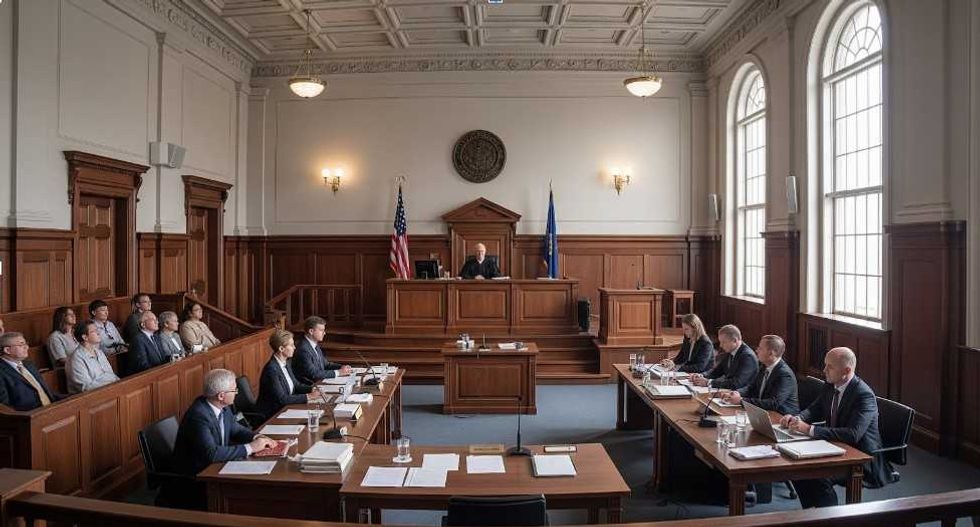I was at the library to finish my assignment of reading, a section of Stephen Covey’s "The 7 Habits of Highly Effective People," and came to this passage. Now, bear with me here. I promise this isn’t gonna be as boring as it sounds right now. It’s taken from an experience that Frank Koch tells in the Naval Institute magazine called Proceedings.
Two battleships assigned to the training squadron had been at sea on maneuvers in heavy weather for several days. I was serving on the lead battleship and was on watch on the bridge as night fell. The visibility was poor with patchy fog, so the captain remained on the bridge keeping an eye on all activities.
Shortly after dark, the lookout on the wing of the bridge reported, "Light, bearing on the starboard bow."
"Is it steady or moving astern?" the captain called out.
Lookout replied, "Steady, captain," which meant we were on a dangerous collision course with that ship.
The captain then called to the signalman, "Signal that ship: We are on a collision course, advise you change course 20 degrees."
Back came a signal, “Advisable for you to change course 20 degrees."
The captain said, "Send, I'm a captain, change course 20 degrees."
"I’m a seaman second class," came the reply. "You had better change course 20 degrees."
By that time, the captain was furious. He spat out, "Send, I'm a battleship. Change course 20 degrees."
Back came the flashing light, "I'm a lighthouse."
We changed course.
Did it make you take a step back too?
In the book, Covey talks about paradigm-shifting experiences, and used this one as an example. To put his words plainly, often times the way that we view the problem is the problem. If we choose to change our perception of the world, it can make so much of a difference in our day-to-day lives! In my mind, it’s kinda the same thing as putting yourself in someone else’s shoes, and actually going and walking a mile in them. If you just simply wear them, all you do is find yourself with your toes crammed in too small of sneakers, feeling miserable. But, if you actually have to walk a mile in them, you find a way to deal with the pain, and maybe they weren’t really as small as you thought they were.
The Lighthouse Principle is all about how we perceive the events around us, and how we choose to respond to them. You’ve probably noticed, but people who decide to see the good in others instead of the bad are often the ones who give off a positive vibe, and vice versa. There are so many wonderful people in this world, but often times they are only recognized for their flaws, because it seems like it’s so much easier to point out the bad in the world instead of the noteworthy individuals.
So, next time your mom seems to get on your nerves a little more than usual because she’s put twice the amount of chores on your list for the day, try thinking maybe about the reason why she came home and did that. She could’ve had a pretty hard day of work with too many clients being rude to her, and she just needed some time to kick back, relax and take time to calm down before making dinner for the family so that she doesn’t take out her bad day on you.
Just remember that not everything is as bad as it seems, and that sometimes, we need a little lighthouse to remind us to take a second and double check our perception of the world.




















